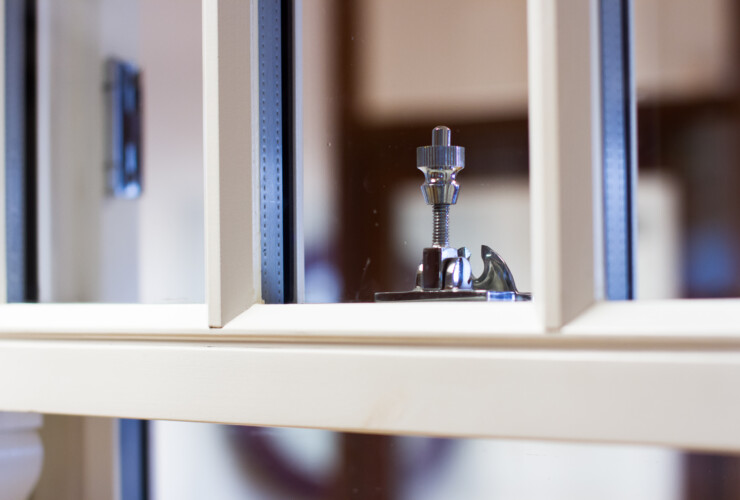Calling Time on the Heritage Scammers
Have you been sold non-compliant heritage double glazing in breach of Construction Product Regulations?
There is an ever increasing amount of failed and misted heritage glazing units materialising across the country. Demand for these non-compliant products is driven by specifiers of replacement timber windows going to extremes trying to exactly replicate the assembly of sash and case windows in listed buildings that were made centuries ago but incorporate double glazed units into the structure. Far from protecting our heritage, this practice defiles it and flies in the face of logic as double glazing wasn’t invented when the original windows were made. All this despite the fact that technology has evolved to the extent that there are now modern day alternatives that are completely indistinguishable from the originals but are far more robust and energy efficient. The root cause is the specification of thin and flimsy timber glazing bars that were originally designed for single glass that was much thinner and lighter than what is used today. This results in many owners of listed properties and householders in some conservation areas having sub-standard glazing units installed in their homes – largely against their will - that are destined to fail within a relatively short period of time because of the impractical reduction in sealant depth. The make-up of these units quite simply doesn’t work and never will. Ironically, there is also a higher selling price commanded than for legally compliant glazing. In terms of safety and security, windows with such a fragile and overloaded structure have no inherent robustness or structural integrity and modern day burglars are able to gain access to peoples’ homes by applying force where the thin glazing bars are jointed and the window simply collapses.
The issue of legal compliance was raised and clarified in the House of Commons in September 2017 as follows:
"Question: To ask the Secretary of State for Communities and Local Government, what steps his Department takes to ensure that the sale and installation of narrow-cavity, low-sightline glass-sealed units into heritage windows is compliant with the Construction Products Regulations 2013. (8493)
Tabled on: 05 September 2017
Answer: Alok Sharma:
These units are covered by a harmonized European product standard (EN 1279-5) and so the Construction Products Regulation (EU 305/2011) applies to their manufacture, import and distribution. This regulation sets requirements for placing construction products onto the market, not their installation.
Monitoring compliance and enforcement duties fall to trading standards bodies in England, Scotland and Wales and District Councils in Northern Ireland.
The answer was submitted on 13 Sep 2017 at 17:57.”
Despite this clear message which has been cascaded, there is little or no enforcement of the regulations by Trading Standards at many local councils, even where specific cases have been reported. Simultaneously, their colleagues in planning continue to specify non-compliant glazing in apparent ignorance of the regulations. Because of this lack of enforcement, many unscrupulous companies decide to “run the gauntlet” and take commercial advantage of the situation and continue to place the failing glass units on the market passing off false certification, with some going as far as to phoenix their company when the level of complaints build up. The Construction Products Association are currently talking to government on the subject of enforcement.
So what can and should you do if you suspect you have been the victim of such a scam?
The first thing to do is to demand sight of the manufacturer’s test evidence. In order to satisfy the legal requirements of the Construction Products Regulations (CPR) any insulating glass units placed on the market must have test evidence to EN1279 parts 2 & 3 with a corresponding system description under EN1279-1 ensuring the test reports furnished are indeed for the reduced sightline units being supplied and not for standard units – a ploy that is used by some firms to trick customers for commercial gain. If the correct certification cannot be produced, the matter should then be reported to the local Trading Standards office. If you have not received a response within 28 days or you are not happy with the response you receive, you then make a complaint via the council’s complaints process. If you are still not satisfied following the council’s complaint process being exhausted, you next make a complaint to the Public Sector Ombudsman. It is also highly recommended that you make your local councillor and MP / MSP aware of your complaint.
It is of course preferable to ask for the test evidence / certification prior to engaging any firm to carry out works on your property – prevention is better than cure.
For further information, visit the link below
https://www.blairswindows.co.uk/news/low-sight-line-igus-the-facts

